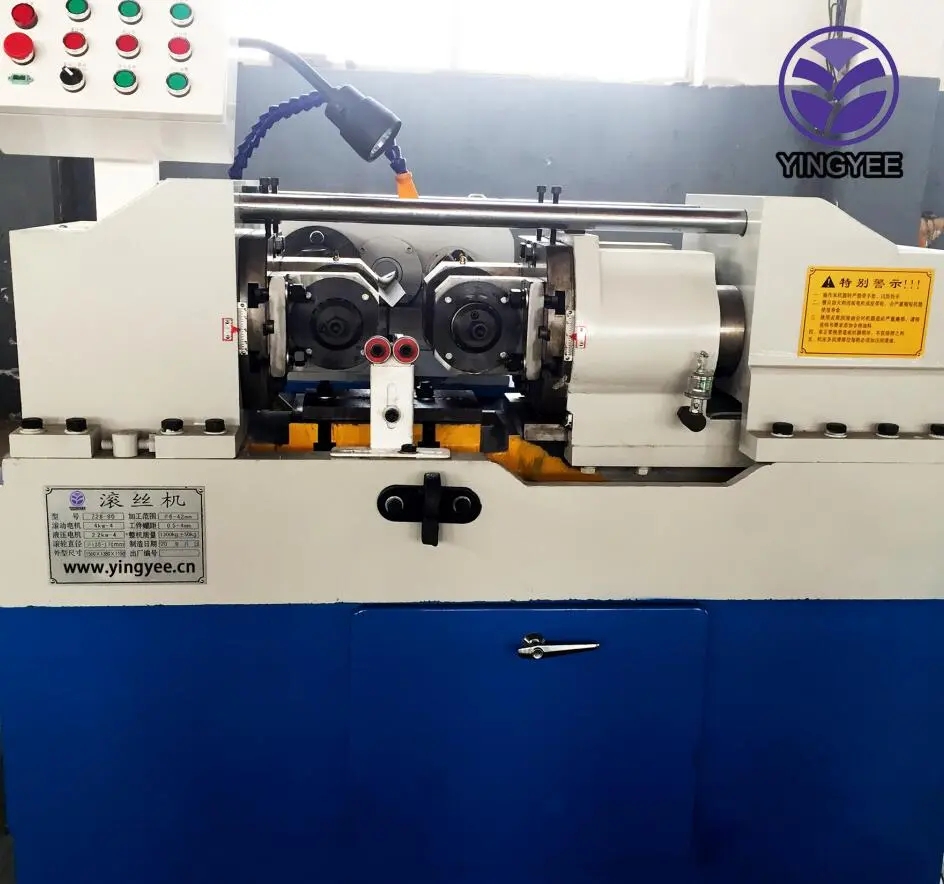
Stud and Track Keel Roll Forming An Essential Process in Steel Framework Construction
In the realm of construction, efficiency and precision are paramount. One of the critical processes that has emerged to meet these demands is the roll forming of steel components, specifically the stud and track system, which is integral in the construction of light gauge steel framing. This method not only enhances the structural integrity of buildings but also improves the speed of construction projects.
Roll forming is a continuous bending operation in which a long strip of metal, typically steel, is passed through consecutive pairs of rolls. Each pass reduces the thickness and changes the shape of the metal until it achieves the desired profile. The stud and track system is particularly noteworthy in this process. Studs serve as vertical supports, while tracks act as horizontal runners for securing the studs. This combination is crucial for creating the skeleton of walls and ceilings in various types of buildings, from residential homes to commercial structures.
One of the main advantages of the stud and track keel roll forming process is its ability to produce components that are both lightweight and strong. When constructed properly, a steel frame using this method can withstand significant loads and resist the forces of nature, such as wind and earthquakes. Moreover, the uniformity and precision of roll-formed products lead to reduced on-site waste and rework, ensuring that projects remain within budget and on schedule.

Additionally, the stud and track system allows for a high degree of design flexibility
. Roll forming can accommodate different shapes and sizes, enabling architects and builders to create customized solutions for various architectural needs. This adaptability is especially important in modern construction, where unique designs are increasingly in demand.Environmental benefits also arise from the use of the stud and track roll forming method. Steel is recyclable, and using roll forming techniques can minimize the carbon footprint associated with construction. By producing components in a controlled environment, manufacturers can limit waste and enhance their sustainability efforts.
In conclusion, stud and track keel roll forming stands out as a vital process in the field of construction. Its combination of efficiency, strength, design flexibility, and environmental sustainability makes it an ideal choice for modern building projects. As technology advances, the role of roll forming in construction is expected to grow, offering even more innovative solutions to meet the evolving needs of the industry.